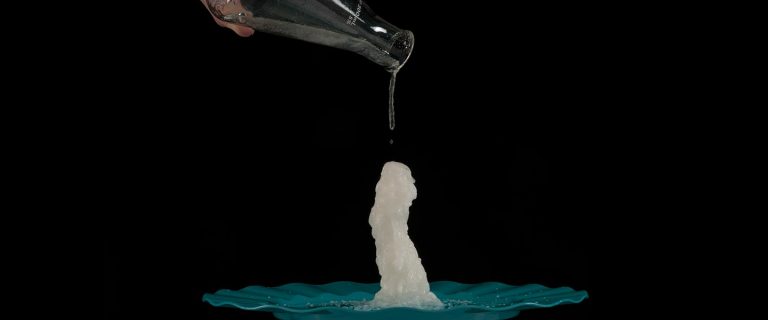Sodium acetate in water is a chemical compound that is frequently used in water treatment plants. It’s used to decrease the levels of metals like cadmium, lead, and mercury. This chemical compound has the capacity to react with heavy metal ions in water and form an insoluble salt that can be cleaned out by the plant. That means less toxins for us to consume! The properties of this chemical compound make it an exceptional choice for water treatment plants because it’s both cost-effective and efficient. Understanding how sodium acetate in water is utilized in water treatment plants will help you make more knowledgeable decisions about your water consumption.
What is Sodium Acetate?
Sodium acetate (CH3COONa) is the sodium salt of acetic acid obtained as a by -product from manufacturing acetanilide, acetylsalicylic acid. It is mostly prepared by neutralizing acetic acid with sodium carbonate & evaporating solution to crystallization. Sodium acetate is white granular powder of monoclinic crystals and is colourless deliquescent salt with a wide range of applications for sodium bicarbonate and sodium hydroxide. In industry, it is prepared from the glacial acetic acid and sodium hydroxide.
How Does Sodium Acetate in Water Work in Water Treatment Plants?
Sodium acetate can be used to eliminate heavy metals from water because it reacts with the heavy metal ions to form a salt that can be filtered from the water. This procedure takes place in two stages:
In the initial step, sodium acetate reacts with the heavy metal ions to form a sodium metal acetate complex. In this complex, one or more of the acetate oxygen are interchanged by a metal.
In the second stage, this metal acetate complex goes through a reaction with a base to form a salt of the metal and acetate. This salt can be filtered from the water by a water treatment plant.
Safety and Regulations of Sodium Acetate
Understanding how sodium acetate works in water treatment plants will help you make more well-versed decisions about your water consumption.
Sodium acetate is regulated by the EPA and is categorized as non-hazardous. The EPA has set limits on how much sodium acetate can be added to the water supply.
Sodium acetate is harmless for consumption in small doses. The World Health Organization (WHO) has set a suitable daily intake (ADI) level for sodium acetate at 50mg per kilo of body weight per day. For example, if somebody weighs 70kg, they would be able to consume 350mg of sodium acetate per day without any risky side effects. The EPA has set greater limits for people who work with sodium acetate more often.
We have years of experience in sourcing and supplying Sodium acetate in Mumbai and all over India as per our client’s requirement. Please get in touch with our team and we will assist you with all your queries.
Conclusion
Vinipul Inorganics India Pvt. Ltd. is one of the leading manufacturers, suppliers, exporter, stockist and dealer of Sodium acetate. At Vinipul Inorganics Pvt. Ltd, we offer chemicals and chemical compounds across Chemical Industries, Food Industry, Textile Industry, Rubber Industry, Coloring Industry, and Inorganic Chemical Sector across markets to several destinations across India and Indian Subcontinent, East Asia, South East Asia, and the Middle East. Vinipul Inorganics Pvt. Ltd. is committed to customer fulfilment by delivering best quality chemical products at competitive market prices.

